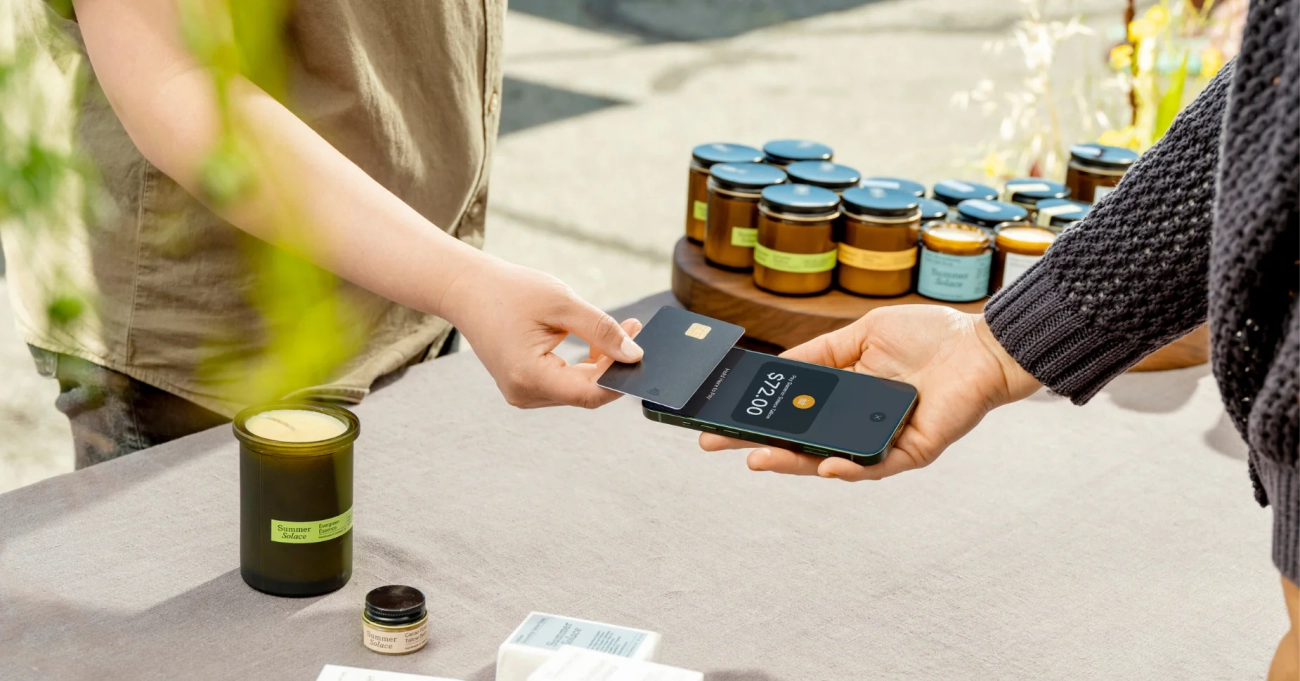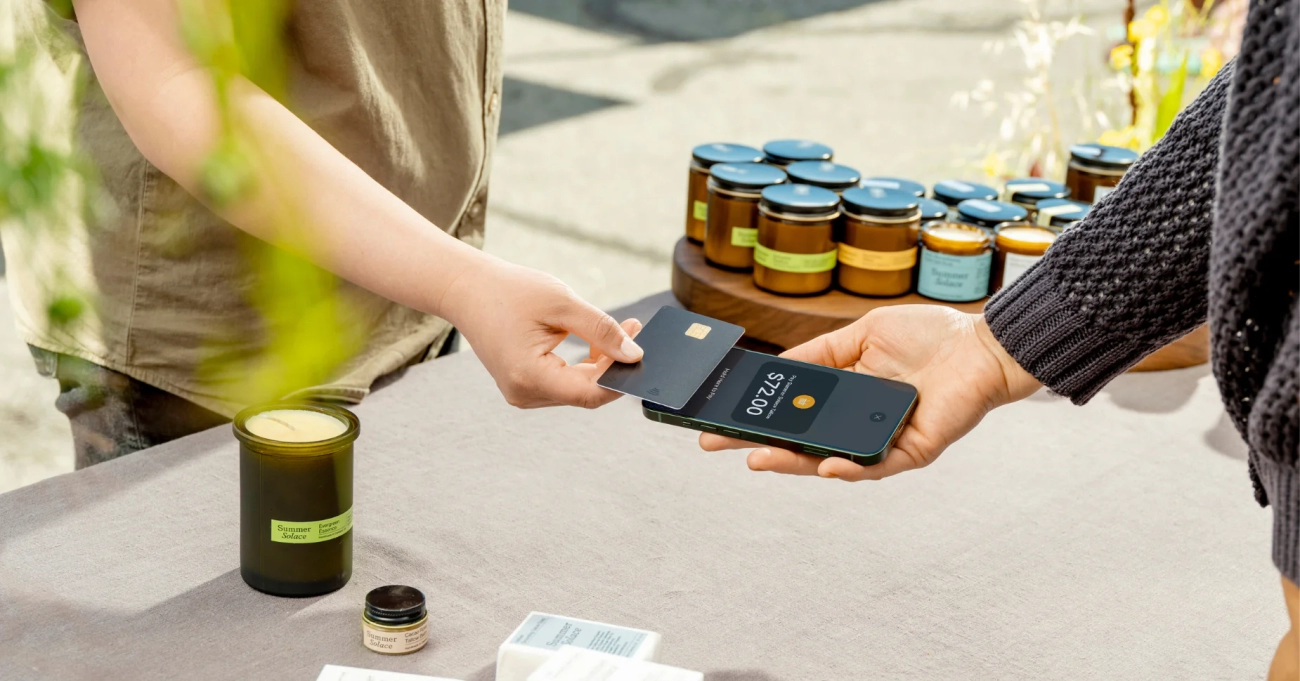Cost of POS Systems for Retail A Complete Pricing Guide by SDLPOS

If you’re running a retail business, you know that choosing the right POS system can make or break your daily operations. But one question always comes up first: What’s the real cost of POS systems for retail? From upfront hardware investments to ongoing software fees, understanding these expenses is key to making a smart purchase. In this guide, we’ll break down the true costs, hidden fees, and how to get the best value—so you can invest confidently and keep your store running smoothly. Let’s get started!
What is a POS System and Why It Matters for Retail
When you hear the term POS system, what comes to mind? Simply put, a POS (point of sale) system is the technology that helps retailers handle sales transactions. It’s where your customer pays, but modern POS systems do much more than just ringing up sales—they streamline your entire retail operation.
The Role of POS Systems in Retail Success
A good retail POS system is vital because it:
- Simplifies checkout to reduce lines and improve customer experience
- Tracks sales and inventory in real time, helping you avoid stockouts or overstocks
- Generates reports that inform smarter business decisions
- Integrates with tools like loyalty programs, accounting, and CRM systems to grow customer relationships and increase repeat business
In short, a POS system is the backbone of retail operations. It helps you sell smarter, save time, and improve profits.
Types of POS Systems Used in Retail
Retailers today have several POS options tailored to different business needs. The three main types are:
| Type | Description | Ideal For |
|---|---|---|
| Traditional | On-site systems with hardware like cash registers, barcode scanners, and receipt printers | Established stores needing robust, offline capability |
| Mobile | Apps running on smartphones or tablets, enabling checkout anywhere | Small vendors, pop-up shops, and mobile businesses |
| Cloud-based | Internet-connected systems with software hosted online, accessed from any device | Any size business wanting flexibility and easy updates |
Each type comes with its own advantages and pricing models, impacting your overall cost of POS systems for retail.
Breaking Down the Cost Components of Retail POS Systems

When considering cost of POS systems for retail, it’s important to understand the main components that add up to the total investment. These costs go beyond just buying a piece of hardware or software; they cover everything needed to get your system up and running and keep it working smoothly.
Initial Hardware Costs
Retail POS hardware is the first big expense. This typically includes:
- Cash registers or modern POS terminals
- Barcode scanners for quick item processing
- Receipt printers to finalize sales and provide customer receipts
- Payment terminals for credit/debit card processing
Prices vary by brand and quality, but expect to spend a few hundred to several thousand dollars depending on how many devices you need and their features.
Software Costs and Licensing Fees
Retail POS software can come in two main pricing models:
- One-time purchase licenses, which are upfront but may have limited updates
- Subscription models, where you pay monthly or annually, often including upgrades and cloud access
Licensing fees may add extra costs, especially if your system needs multiple user seats or advanced features, so it’s key to compare what’s included.
Installation and Setup Fees
Some POS providers charge for installation and setup, especially if the system requires complicated configuration or integration with existing hardware. These fees typically cover:
- Hardware setup
- Software installation
- Network and peripheral connections
DIY options might reduce these fees, but if you want fast, professional service, budget for this cost.
Payment Processing Fees and Transaction Costs
Every retail POS system involves payment processing fees. These are charged per transaction and can be fixed or percentage-based depending on your payment provider. Keep in mind:
- Credit/debit card swipe fees
- Mobile wallet transactions
- Potential fees for different payment methods (EMV chips, NFC)
These costs can add up, especially for high-volume businesses, so factor them into your ongoing expenses.
Maintenance Support and Upgrade Costs
Maintaining your retail POS system requires ongoing investment, which may include:
- Technical support contracts
- Software updates and security patches
- Hardware repairs or replacements
Choosing a provider with good support options can save headaches and unexpected expenses down the line.
Optional Add-Ons and Integrations
Many retail businesses benefit from extra features beyond basic sales processing—these can affect your overall POS cost:
- Inventory management tools to track stock in real time
- Customer relationship management (CRM) systems to build customer data and histories
- Loyalty programs that encourage repeat business
These add-ons improve operations and sales but typically come with additional fees or subscriptions, so plan your budget accordingly.
Understanding these retail POS system pricing components helps you evaluate options better and avoid surprises when choosing the right system for your store.
Average Costs of POS Systems for Different Retail Business Sizes

When considering cost of POS systems for retail, business size plays a big role. The features you need, hardware scale, and software sophistication all shift depending on whether you’re running a small boutique or a large retail chain. Let’s break down typical price ranges and expectations based on business size.
POS System Costs for Small Retail Businesses
Small retail stores often look for affordable, easy-to-use solutions that cover basic sales and inventory needs without breaking the bank.
- Typical investment: $300 to $1,200 upfront
- Hardware: Basic touchscreen terminals, barcode scanners, receipt printers
- Software: Usually cloud-based subscription plans around $25 to $75 per month
- Why: Lower upfront costs, simple inventory management, and essential sales tracking
Small businesses benefit the most from cost-effective systems that reduce startup expenses but still offer reliable support and easy installation.
POS Investment for Medium-Sized Retail Stores
Mid-sized stores have more complex needs, like multi-register setups, advanced inventory, and customer management features.
- Typical investment: $1,500 to $5,000 upfront plus $75 to $150 monthly software fees
- Hardware: Multiple terminals, integrated payment processing, and advanced scanners
- Software: Enhanced features such as CRM, sales analytics, and loyalty programs
- Why: Medium retailers need scalable systems that integrate with other business tools and handle moderate transaction volumes
These systems strike a balance between affordability and functionality, offering more robust solutions than small business options.
POS Costs for Large Retail Chains and Enterprise-Level Solutions
Large retail operations require enterprise-grade POS systems with customizable software, full-scale hardware setups, and strong customer support.
- Typical investment: $10,000 to $100,000+ upfront
- Hardware: High-end terminals, mobile POS devices, large-scale inventory scanners, and printers
- Software: Fully customizable platforms, extensive integrations with ERP, CRM, and advanced reporting tools
- Why: Enterprise stores need powerful systems that manage thousands of transactions daily, ensure compliance, and support multiple locations
Support and regular upgrades are critical at this level and often come with premium fees.
Price Range Comparison Table
| Business Size | Upfront Cost Range | Monthly Software Fees | Typical Features Included |
|---|---|---|---|
| Small Retail | $300 – $1,200 | $25 – $75 | Basic hardware, cloud POS, inventory tracking |
| Medium Retail | $1,500 – $5,000 | $75 – $150 | Multi-terminal setups, CRM, loyalty programs |
| Large Retail Chains | $10,000+ | Varies (often custom) | Custom setups, ERP integrations, advanced analytics |
Factors Influencing the Cost of Retail POS Systems
When it comes to cost of POS systems for retail, several key factors shape the final price. Understanding these can help you pick the right solution that fits your budget and business needs.
Type of Retail Business and Operation Complexity
The nature of your retail business has a huge impact on POS costs. A small boutique with straightforward sales will need a simpler, less expensive system, while a multi-location store or specialty retailer will require more robust features. Complex operations involving inventory tracking, multiple sales channels, or detailed reporting increase both hardware and software costs.
Cloud-Based vs On-Premise POS Systems
Choosing between cloud-based and on-premise POS systems influences pricing significantly:
- Cloud-based systems typically charge monthly or annual subscription fees but lower upfront investment in hardware and IT infrastructure.
- On-premise systems require higher initial hardware and software purchases but can have lower ongoing fees.
Your choice depends on budget flexibility, IT support availability, and how much control you want over your data.
Hardware Quality and Brand
The quality and brand of your POS hardware affect both upfront and maintenance costs. Well-known brands tend to offer reliable performance and better warranties but come with higher prices. Investing in durable equipment like barcode scanners, terminals, and printers minimizes repair or replacement expenses later on. For insights on hardware options, check out this guide on POS hardware with integrated payment systems.
Level of Customization and Software Features
Tailoring your POS software to fit specific operational needs can add to the cost. Basic packages cover essentials like sales tracking and reporting, but advanced features such as CRM integration, loyalty programs, or detailed inventory management will increase both software license fees and setup expenses. The more customization you require, the higher your investment will be.
Customer Support and Warranty Options
Reliable customer support and warranty coverage can add value but also affect costs. Systems offering 24/7 technical support, on-site servicing, and extended warranties typically come with a premium price tag. However, investing here can save money in downtime and unexpected repair costs. Choosing a vendor with transparent support pricing is crucial for managing your overall POS system expenses.
Understanding these factors empowers you to make an informed decision about your retail POS system investment, aligning cost with the performance and reliability your store demands.
Hidden Costs to Watch Out For in Retail POS Systems
When considering cost of POS systems for retail, it’s crucial to look beyond the upfront price. Many retailers find themselves facing hidden costs that can add up over time and impact their budgets significantly. Here are the main ones to watch out for:
Long-Term Subscription Fees and Contract Lock-Ins
Many modern POS systems use a subscription-based pricing model instead of a one-time purchase. While this can lower initial costs, you’re often locked into a contract for several months or years. These recurring fees can sometimes increase over time, especially if you need more users or features. Make sure to read the fine print about contract terms and cancellation policies to avoid unexpected charges.
Hardware Repair and Replacement Expenses
POS hardware like terminals, barcode scanners, and receipt printers can wear out or break down, especially in busy retail environments. Some providers do not include hardware repair in their service plans, leaving you responsible for repair or replacement costs. Check if your vendor offers warranties or affordable maintenance plans to cover these expenses.
Fees for Software Updates or Advanced Feature Add-Ons
Basic software licenses often don’t include every feature you might want. Advanced tools like inventory tracking, customer relationship management (CRM), or loyalty programs may come with extra fees. Also, some providers charge for regular software updates or require you to upgrade to higher-tier plans to access new capabilities. These additional software costs can make your POS system more expensive over time.
Payment Gateway and PCI Compliance Fees
Processing credit and debit card payments is essential, but it comes with its own set of costs. Payment gateway fees vary by provider and can include per-transaction charges or monthly rates. Also, maintaining PCI compliance to keep payment data secure often involves compliance fees or costs related to security upgrades. Ignoring these can risk fines or security breaches, so factor these into your overall POS expenses.
Being aware of these hidden costs helps you plan more accurately and avoid surprises down the road when investing in a retail POS system.
Cost vs Value Choosing the Right POS System for Your Retail Business
When it comes to picking a retail POS system, focusing solely on the upfront cost can lead to missed opportunities or expensive surprises down the road. The key is understanding the return on investment (ROI) and how the system fits your business needs and growth plans.
Focus on ROI not Just Price
The ROI from your POS system isn’t just about lowering expenses—it’s about boosting efficiency, improving customer experience, and supporting sales growth. A cheap POS might save money today but could slow you down tomorrow with limited features or costly upgrades.
Match Features to Your Business Needs and Budget
- Identify must-have features: inventory management, employee tracking, customer loyalty programs
- Avoid paying for extras you won’t use
- Balance current needs with budget limits
- Consider subscription vs upfront payment models to see what fits cash flow better
Plan for Scalability and Future Growth
Your POS system should grow with your retail business. Think beyond what you need today:
- Can you add terminals as you open new locations?
- Does the software handle increasing product lines or higher transaction volumes?
- Is it easy to integrate new features or third-party tools?
Comparing SDLPOS for Best Value and Cost Efficiency
SDLPOS offers a range of solutions that blend competitive pricing with flexible features designed for U.S. retailers of all sizes. When comparing SDLPOS to other options, keep an eye on:
| Key Aspect | SDLPOS Advantage | Why It Matters |
|—————————-|—————————————|————————————-|
| Transparent Pricing | Clear hardware and software costs | Avoid unexpected fees |
| Financing Options | Leasing available | Manage cash flow effectively |
| Local Support | On-site installation and training | Faster setup and minimal downtime |
| Feature Set Flexibility | Modular add-ons for growing businesses | Pay only for what you use |
Choosing a retail POS system is about finding the balance between cost and real value. SDLPOS’s approach helps you make that smart investment without breaking your budget.
How SDLPOS Can Help You Get the Best Retail POS System Within Your Budget
When sorting through the cost of POS systems for retail, finding a provider that balances quality, transparency, and affordability can be a challenge. SDLPOS stands out by offering tailored retail POS solutions designed specifically for U.S. retailers seeking clear pricing and dependable service.
Transparent Pricing and Flexible Payment Options
One of the biggest headaches with retail POS system pricing is unexpected fees or complicated contracts. SDLPOS simplifies this with transparent pricing models that clearly outline hardware, software, and installation costs upfront. Whether you’re after a cloud POS system or a traditional setup, SDLPOS ensures no surprises.
To ease upfront investments, SDLPOS provides flexible financing and leasing options ideal for small to large retail businesses. This allows retailers to spread costs over time without locking into high long-term fees, making POS hardware and software costs more manageable from day one.
Local Support Installation and Training
Many POS providers offer remote support, but SDLPOS goes further with local installation and on-site training programs. For retail stores across the United States, this hands-on approach ensures your system is optimized to your needs and staff quickly get up to speed, reducing downtime and startup costs.
This local presence also means faster hardware maintenance and software updates, vital for controlling POS system maintenance costs in the long run.
Proven Cost-Effective Deployments
SDLPOS’s commitment to delivering best value POS systems for retail stores is backed by real-world success stories. Their site features detailed customer testimonials and case studies showcasing how stores of all sizes—from boutique shops to multi-location chains—have deployed cost-effective POS solutions that boost sales and improve workflow without breaking the bank.
For those interested in specialized setups, such as luxury retail or pharmacy POS hardware, SDLPOS offers specific solutions that match both operational complexity and budget constraints, helping cut down unnecessary expenses. (See related pos hardware for pharmacy retailers and cash register suppliers for luxury retail)
of SDLPOS Benefits for Retail POS System Pricing
- Clear, upfront cost breakdowns with no hidden fees
- Flexible financing and leasing to fit any budget
- Local, personalized installation and ongoing support
- Hands-on training tailored to your retail operation
- Strong track record of cost-effective POS deployments
- Options tailored for specialized retail segments
Choosing SDLPOS means gaining a retail POS system that respects your budget while giving you all the tools needed to keep your business competitive and efficient.
